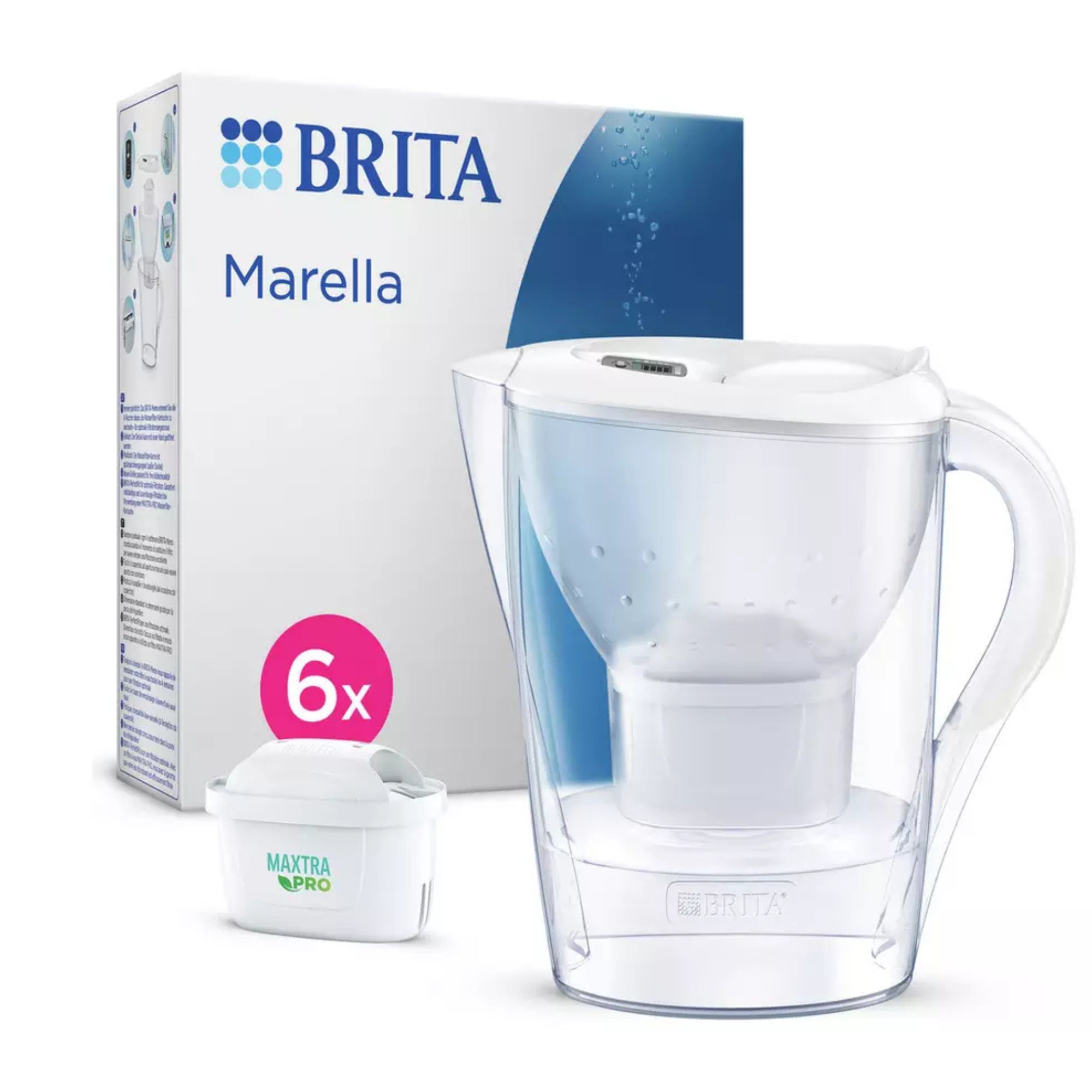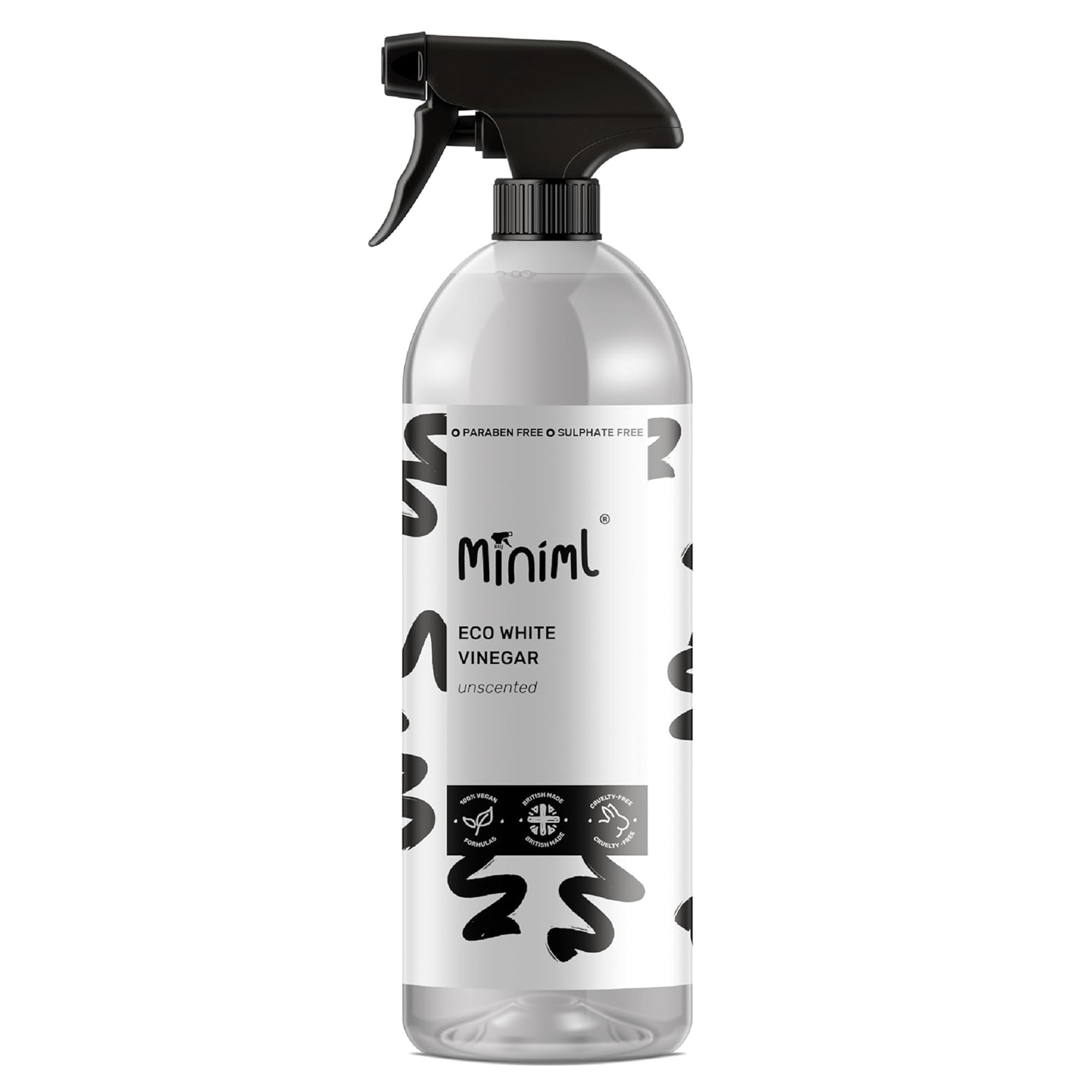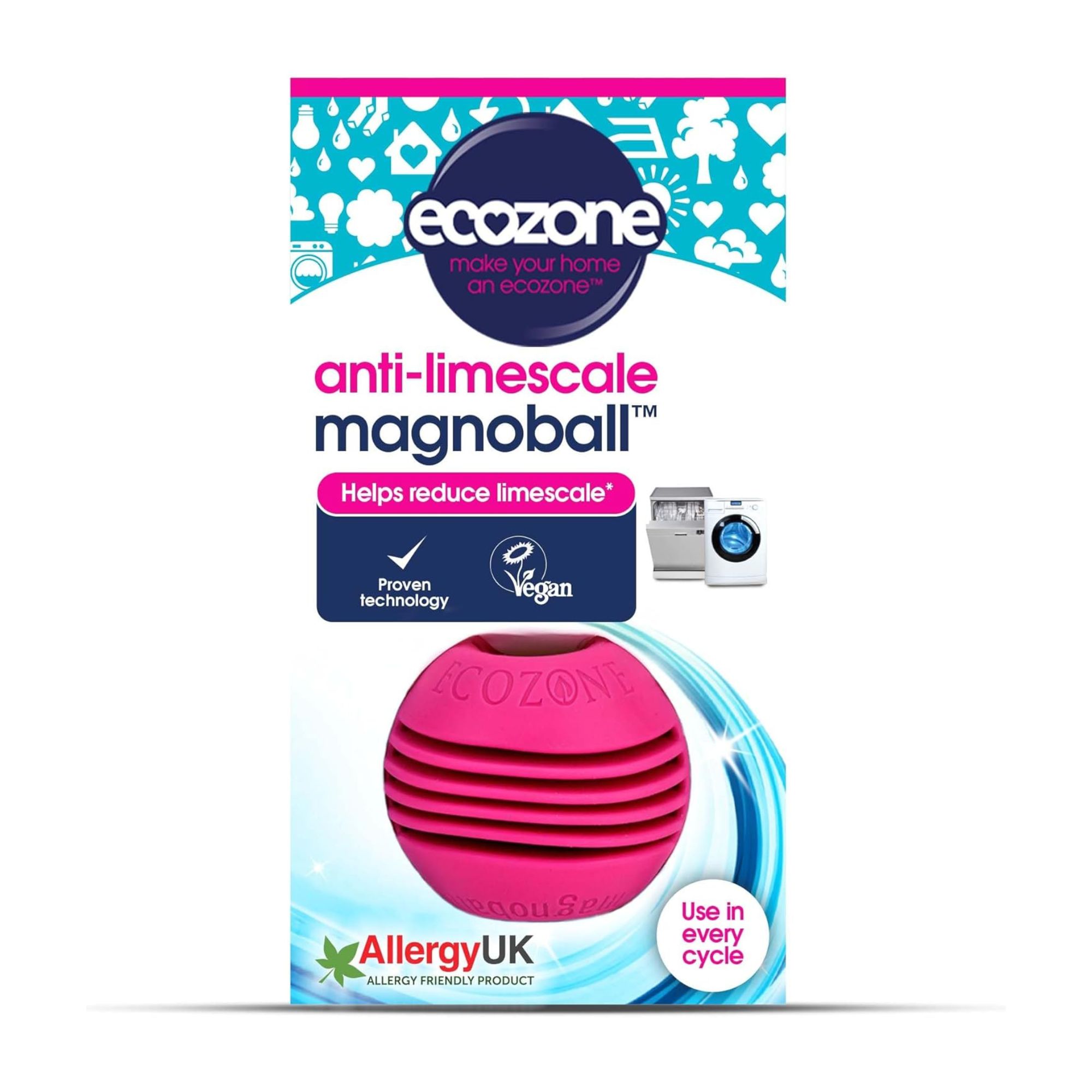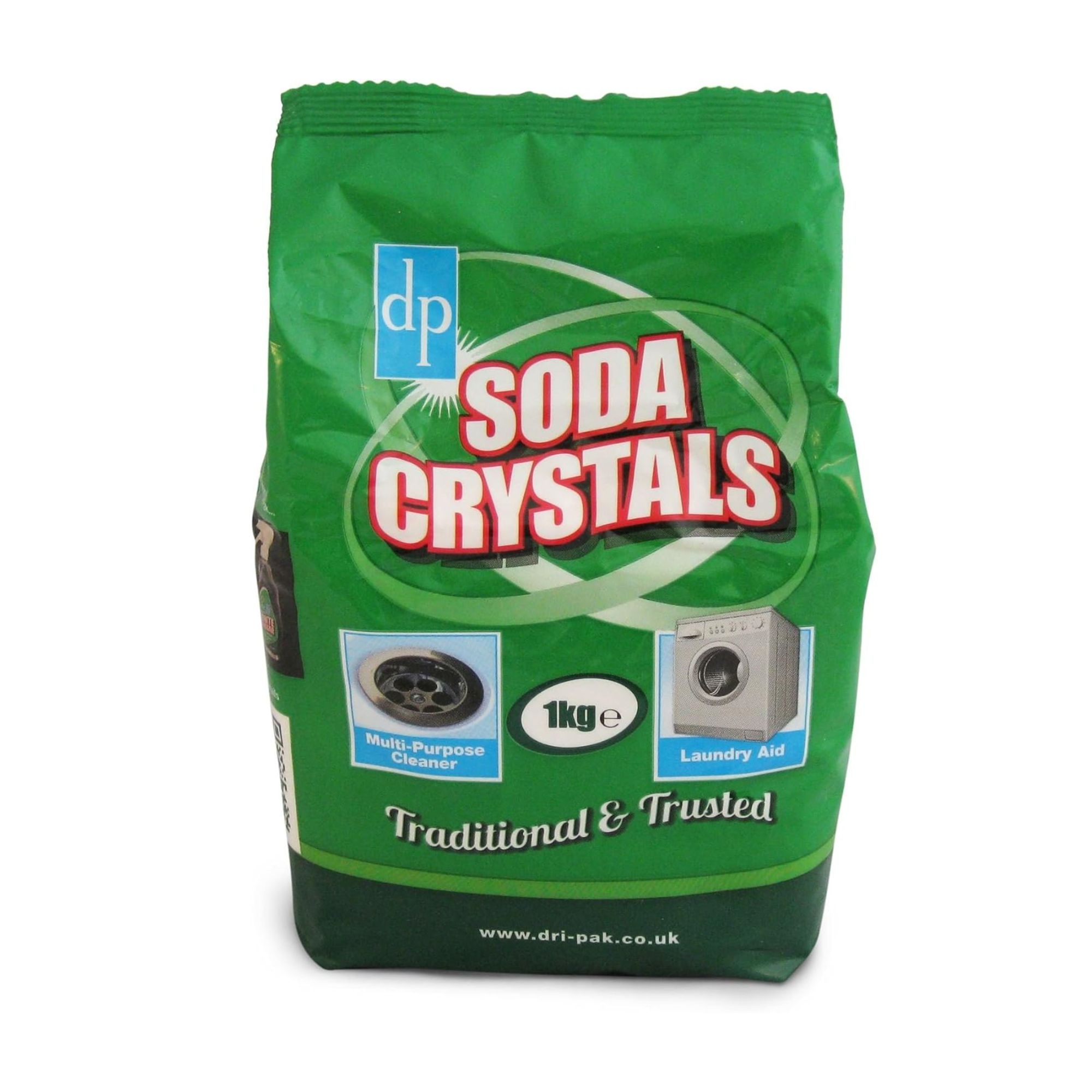I’m a cleaning editor who lives in a hard water area -–this is everything I do to keep my home free from crusty water marks and limescale
Prevention is better than the cure, after all


Being an adult essentially means worrying about things you never thought you’d worry about - like the hardness of the water where you live. And when I moved into my home in a (very) hard water area of Kent five years ago, I quickly realised that my county’s chalky soil would consume my life more than I thought. After all, hard water can lead to major limescale build-up.
And while I may be Ideal Home’s cleaning editor, the reality is that I don’t want to spend every waking moment cleaning limescale from my toilets or getting rid of limescale in kettles. That’s why I’ve spent the past five years learning how hard water can affect a house and adjusting my everyday habits to keep my home limescale-free.
I hate to blow my own trumpet, but I’ve done a pretty good job of it, too. After an initial learning curve, I’ve been able to keep my bathroom, kitchen, and appliances free of mineral buildup, keeping them in full working order and preventing costly damage. And since hard water affects around 60% of UK households, I thought it was only fair to share my tips.
1. I don’t let *any* water settle
I can’t change the fact that I live in a hard-water area, but I can change how much this water interacts with the things in my home. After all, limescale can be extremely damaging, with Andy Ellis from Vidalux.co.uk warning, ‘Not only is it unsightly, but it can also clog pipes and ruin appliances.’
This is due to the high mineral content in the hard water, with Andy adding, ‘When the water heats up, like in a kettle, for example, or dries out in your bathroom, those minerals get left behind and settle, leaving you with white, chalky limescale.’ So, I’ve learned that the key to preventing limescale build-up in a hard water area is to remove any excess as soon as possible.
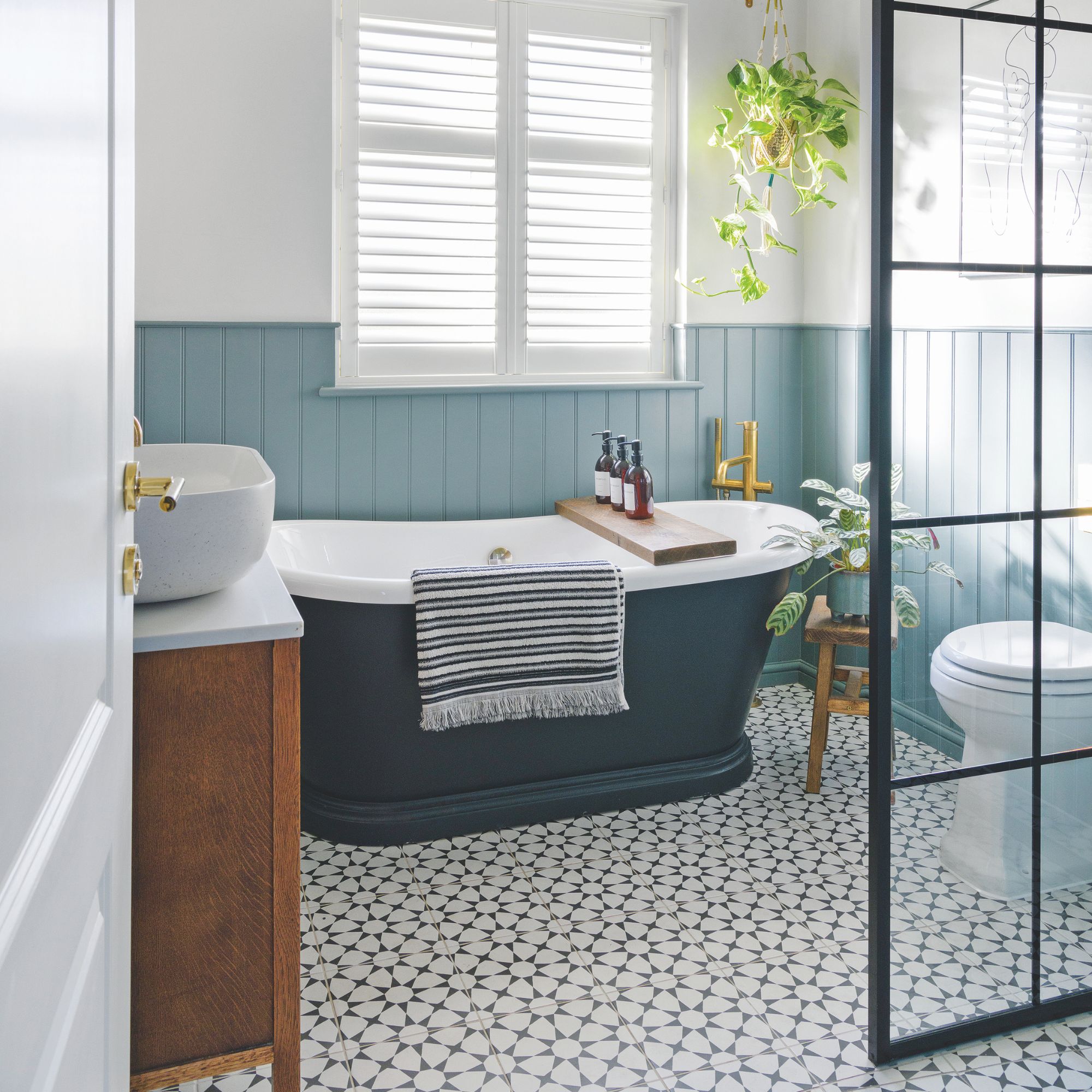
To do this, I use the CleanTech 2-in-1 Glass Cleaning Tool, £14 at Joseph Joseph (which is part of the larger CleanTech cleaning range I’m obsessed with), to squeegee my shower as soon as I get out, and a microfibre cloth to wipe down my taps and in both my bathroom and kitchen immediately after use.
I’m lucky that the house came with a stainless steel sink when we moved in, which is one of the best kitchen sink materials for hard water areas. Because of that, this only really needs a quick wipe down after use, too.
Sign up to our newsletter for style inspiration, real homes, project and garden advice and shopping know-how
2. I only use filtered water
One of the best investments anyone living in a hard-water area can make is a water filter. After all, the job of a water filter is to remove impurities from your hard tap water - including calcium and magnesium, which cause limescale. And I only use filtered water for drinking, cooking and hot drinks in my home.
And while I don’t actually own a kettle as I use one of the best coffee machines all the time (I’m not really a tea drinker, but on the rare occasion I do want a cuppa or want to make some gravy, I just use the hot water button on my SAGE The Barista Express Bean to Cup Coffee Machine, now £500 at Argos), I prevent limescale build-up in this appliance by using filtered - not tap - water.
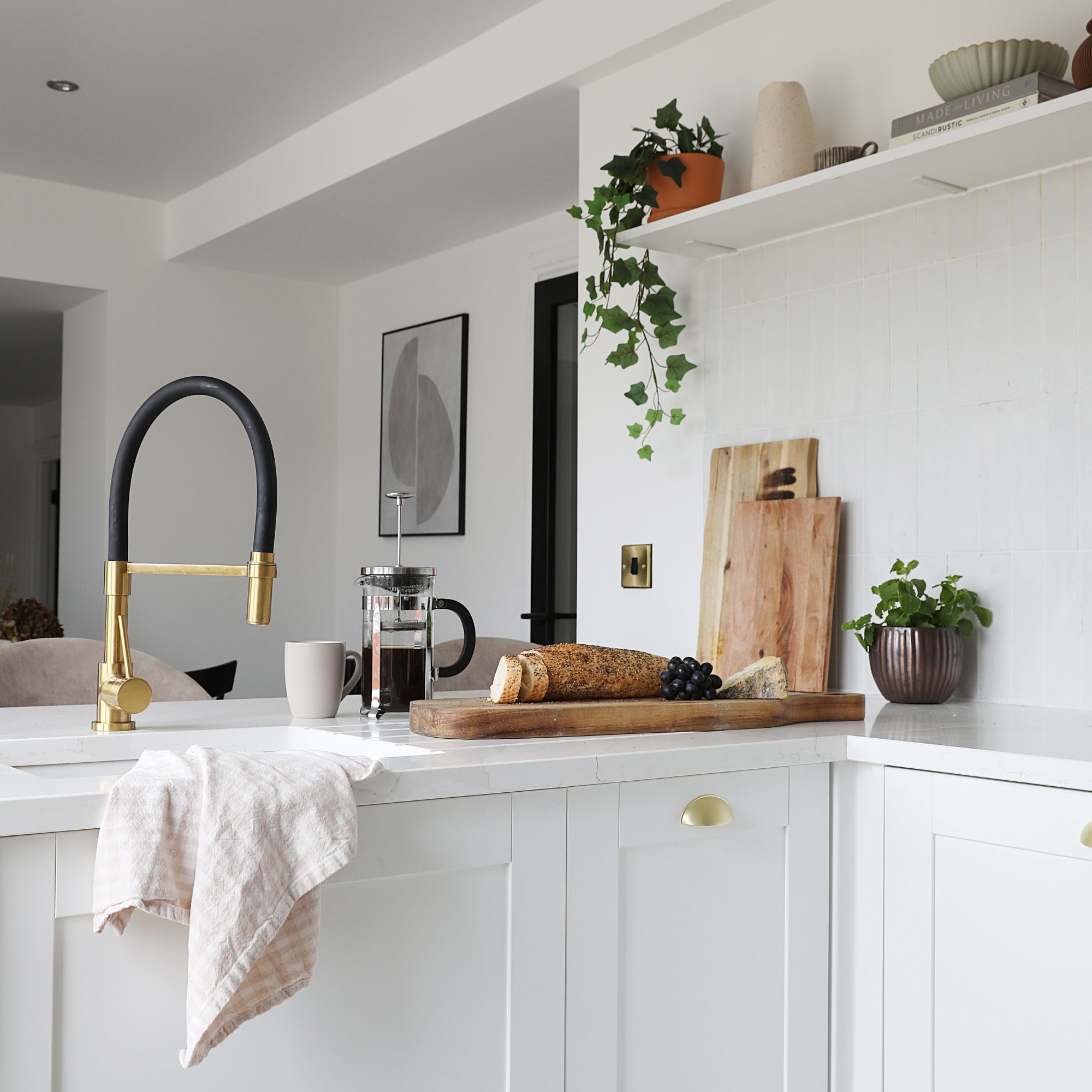
At the moment, I do this with a filter jug that lives in the fridge, and it works well. However, we’re planning on moving to a different area of Kent soon and will upgrade our water softening system to something like the Quooker Cold Water Filter Starter Kit (£295 at AO.com) so that this softer water will literally be on tap.
By using filtered water, especially in appliances and sinks, you can reduce the amount of mineral-rich water making its way into your home. And this has drastically reduced the amount of limescale in my hard water home.
3. I pick my cleaning products carefully
Another thing I’ve learned from living in a hard-water area for the past five years is that a limescale-free home isn’t determined by how long you spend cleaning it. In fact, Laura Harnett, Founder of eco-friendly cleaning brand, Seep, actually advises those in a hard water area to ditch big, weekly cleans - which is exactly what I’ve done.
‘Limescale builds up much faster in hard water areas, so the best approach is to clean little and often, to stop it becoming stubborn,’ she explains. And choosing the best cleaning products for the job is also key, and I’ve steered away from thick, chemical cleaners in recent years.
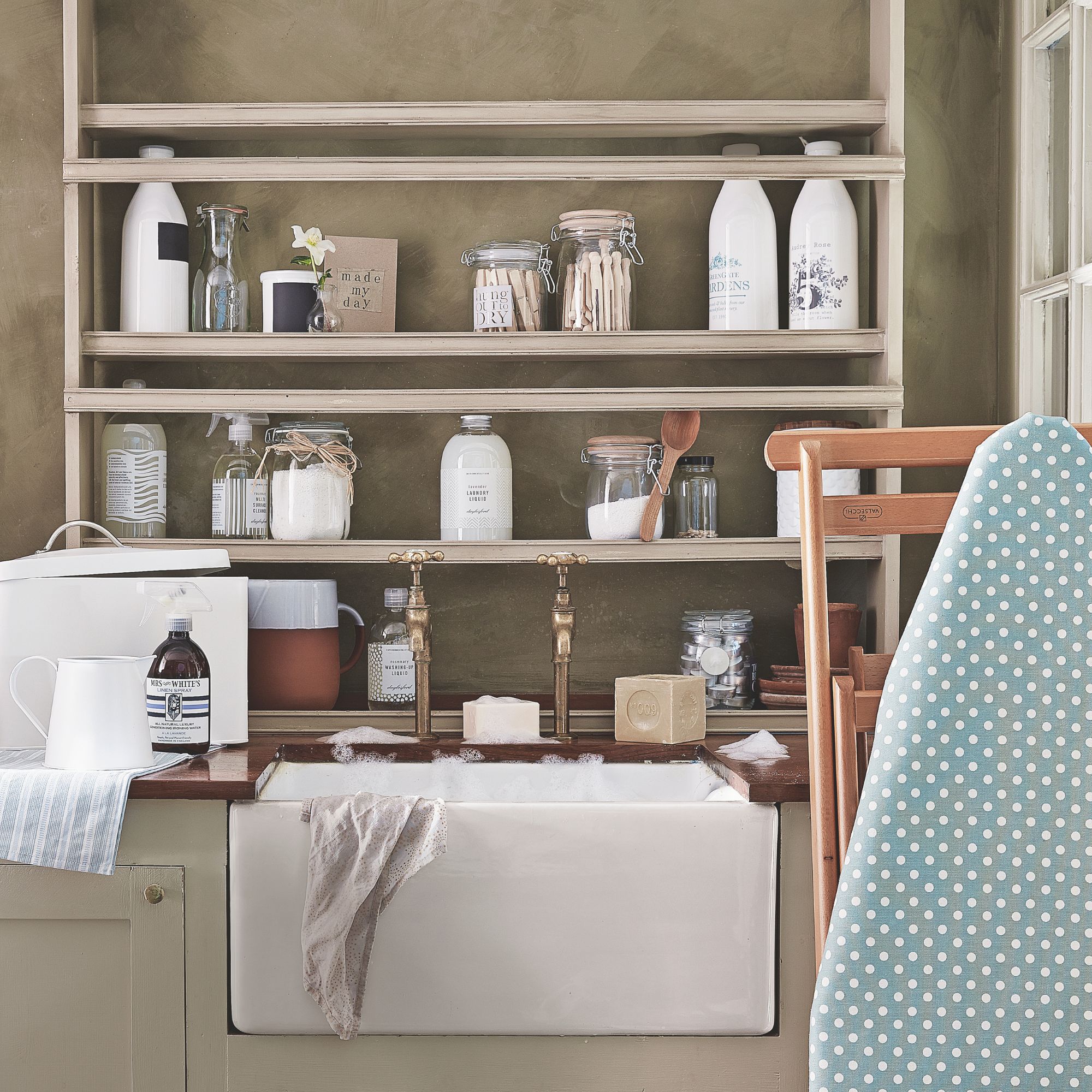
In fact, cleaning with vinegar is my go-to for preventing limescale in a hard water area, and Laura agrees. She says, ‘White vinegar is a great natural de-scaler because its mild acidity helps dissolve the mineral deposits that form limescale. For heavier build-up, you may need to repeat the process. You can also reduce the effects of hard water in your laundry by adding soda crystals, which bind the minerals during the wash and help prevent limescale in the machine.’
Soda crystals were my winner when I tested three washing machine cleaning methods in my home, leaving it sparkling and odour-free. But anything naturally acidic will work wonders against the alkaline limescale, which is why I also swear by Nancy Birtwhistle’s ‘Pure Magic’ recipe to remove and prevent limescale build-up in my toilet.
4. I’ve switched out my showerhead
When I first moved into my house, my experience with hard water was pretty limited. But what surprised me the most was how much the extra minerals in the water affected my bath and shower area - from the scum that lingered in the bath itself to the water stains on my shower screen and the crusty limescale build-up on the showerhead.
After a few months of constantly soaking my shower head in white vinegar, I realised I needed to make a change. And as I couldn’t change where I lived, I needed to somehow change the mineral makeup of the water. So, I switched out my normal showerhead for one better suited to a home in a hard water area.
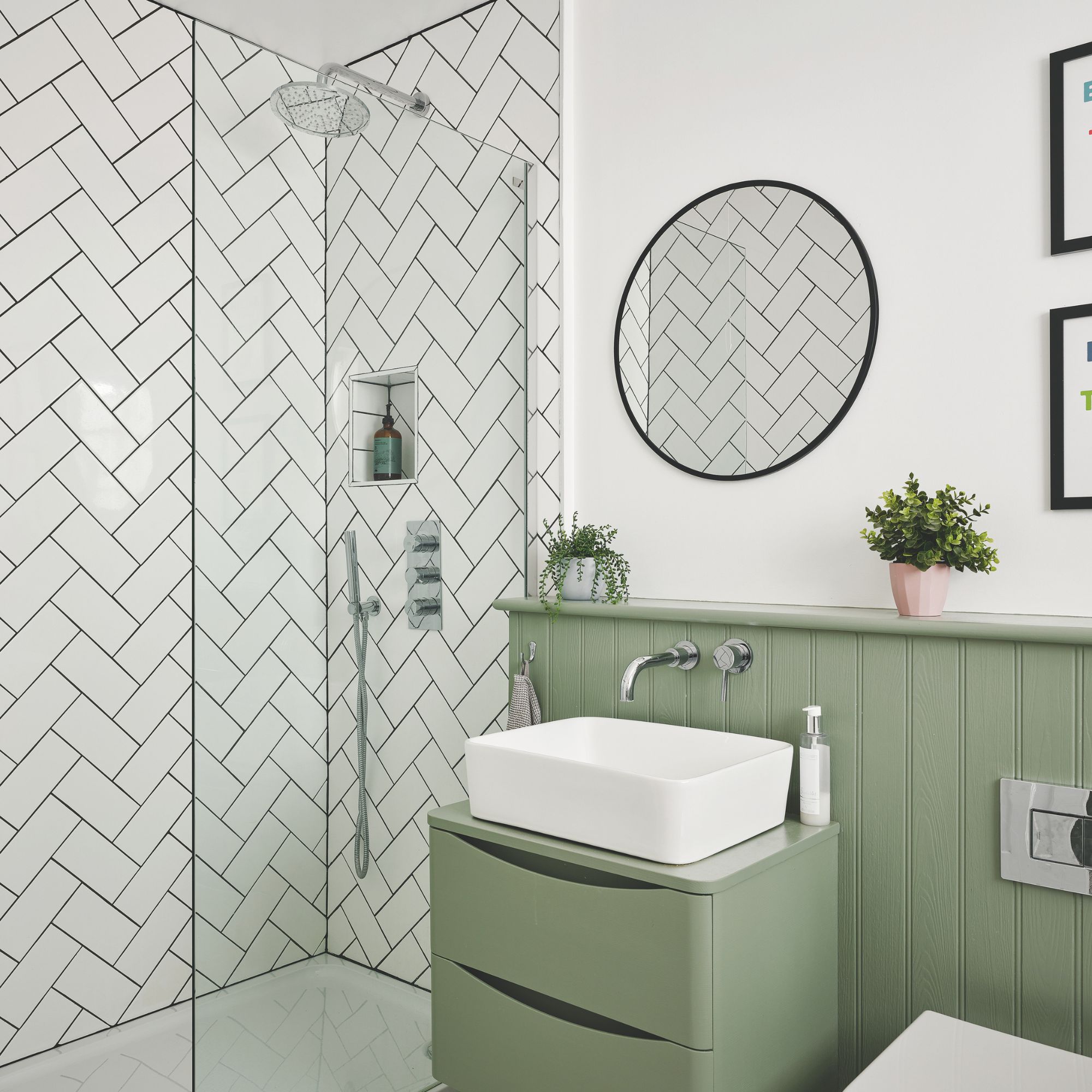
I now use the Cobbe Hard Water Filter Shower Head (£30.99 at Amazon), which uses 20-layer filtration to remove impurities from hard water. It was easy to install ourselves and doesn’t affect the pressure too much, but the only downside is that it only lasts about 3-4 months before it needs to be replaced.
However, the benefits definitely outweigh the negatives, and it’s made a huge difference to my limescale-free home. Now that softer water is coming out of my shower, my bath continues to shine, and my shower screen hasn’t seen any stubborn water marks for years.
5. I upgraded my heating system
This is something I’ve only just done, as it’s not a small job that can be done overnight. But in an effort to reduce limescale build-up in my home and ultimately make it more efficient, I’ve just upgraded my heating system and had a brand-new boiler installed by BOXT.
The process was incredibly seamless, and when I was going through the motions of booking the installation, it was flagged that I live in a hard water area and would benefit from adding an inline scale reducer to my heating system. So, that’s exactly what I did - and something others who live in a hard water area should consider adding to their own systems.
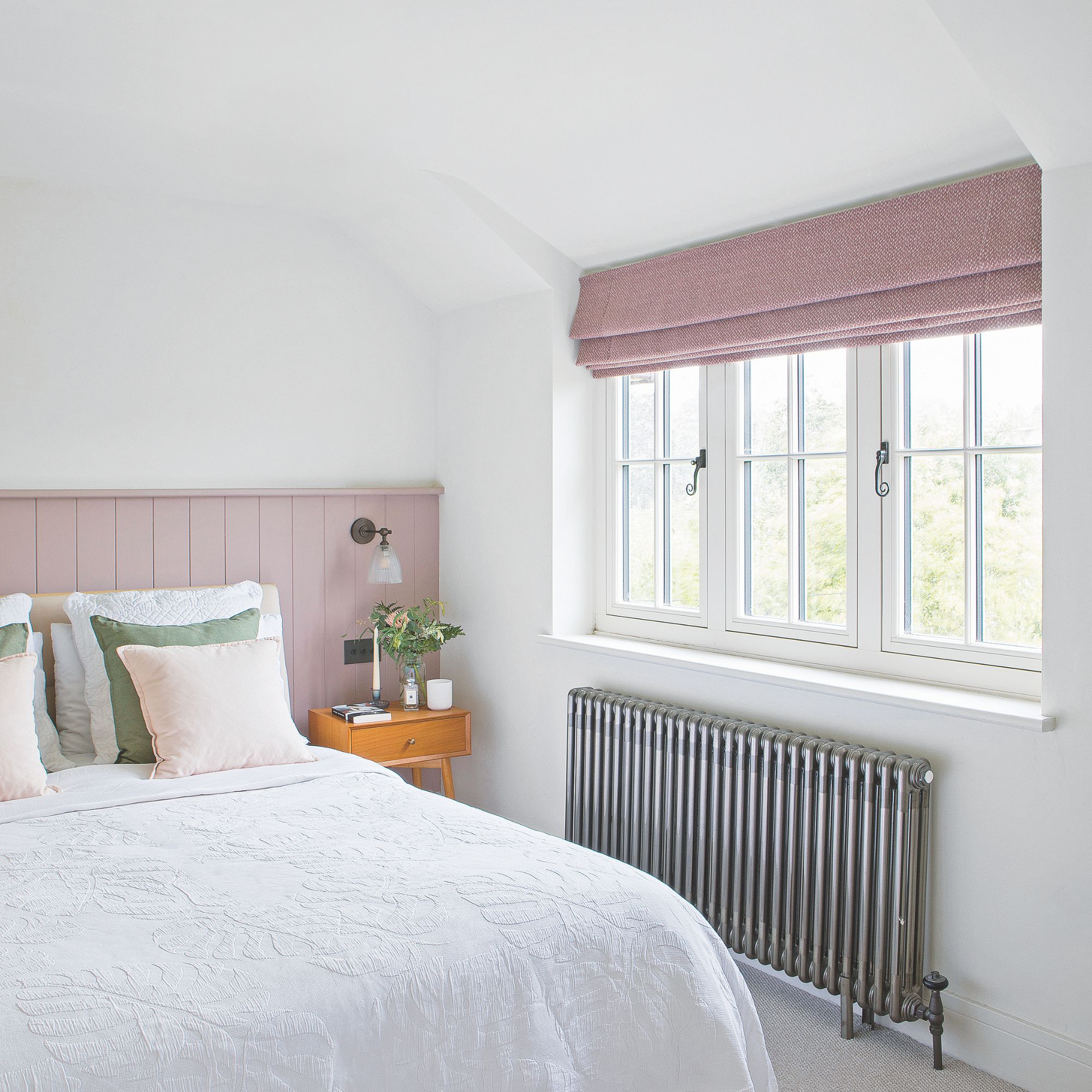
Adam Knight, a Lead Engineer at BOXT, told me, ‘Scale can clog up heat exchangers in boilers, reduce water flow, and make appliances less efficient. In a hard-water area, this can lead to higher energy bills and costly repairs much sooner than you’d expect. By slowing down the scale build-up, you’ll extend the life of your boiler, keep it running more efficiently, and cut down on long-term maintenance costs.’
Thankfully, the in-line scale reducer can do just that, and this small device aims to remove a large portion (but not all) of the minerals in the hard water, preventing limescale from building up. This then has a positive knock-on effect throughout the rest of my house.
Limescale-busting essentials for a hard water home
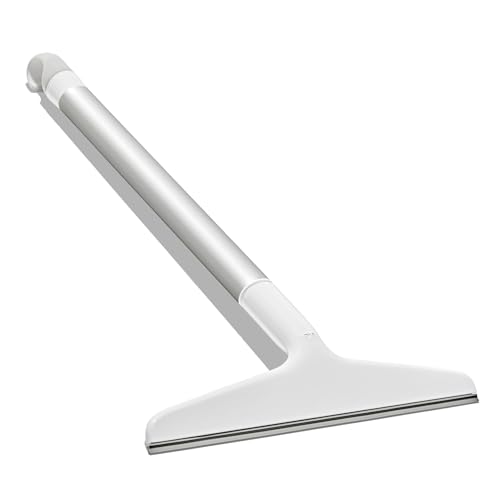
Our News Writer, Kezia, swears by using this squeegee in her shower and won't use anything else. And if you live in a hard water area, it's a great tool for wiping shower screens to keep limescale and hard water marks at bay.

There are so many alternative uses for window vacuums, including sucking up excess (and mineral-filled) water in your home. So, you can use this handy tool to clean everything from your shower screens to your induction hobs.
If you're struggling with limescale, a few everyday changes can make a big difference!

Lauren Bradbury has been the Content Editor for the House Manual section since January 2025 but worked with the team as a freelancer for a year and a half before that. She graduated with a Bachelor’s degree in English and Creative Writing from the University of Chichester in 2016. Then, she dipped her toe into the world of content writing, primarily focusing on home content. After years of agency work, she decided to take the plunge and become a full-time freelancer for online publications, including Real Homes and Ideal Home, before taking on this permanent role. Now, she spends her days searching for the best decluttering and cleaning hacks and creating handy how-to guides for homeowners and renters alike, as well as testing vacuums as part of her role as the Ideal Home Certified Expert in Training on Vacuums, having spent over 110 hours testing different vacuum models to date!
